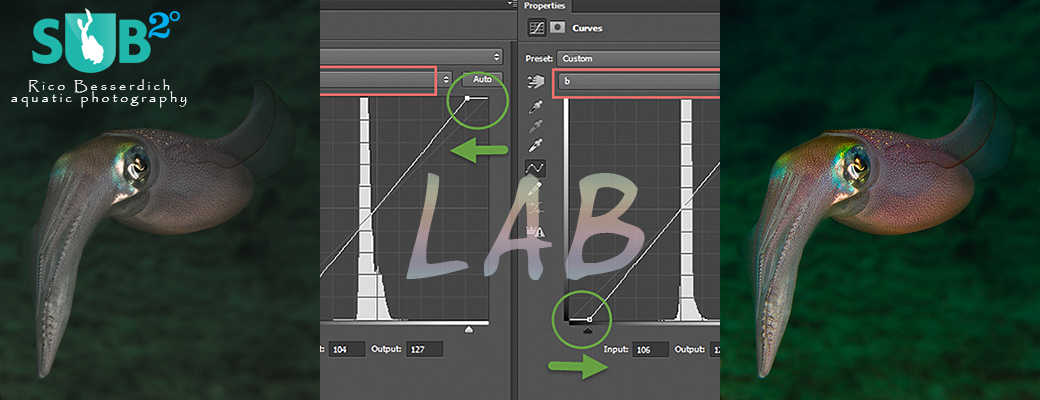
Published
Apr. 14,
2017
The Final Touch: Post Production of UW Images (Part 7: Vivid Colors)
Adobe Photoshop is the number one tool for image editing, and provides a large amount of editing tools and options. Way too many of them actually, but the good news here is that, for editing our underwater images, we only need a few. There are some real gems hiding in depths of that software, and one of them is great for giving underwater images a final "color kick".
This tutorial refers to Adobe Photoshp CS6 but works with older versions as well.
Let's get started!
Here I have a photograph of a squid, as taken in 2008 with a CANON 40D, a 60mm Macro lens, and one single strobe:
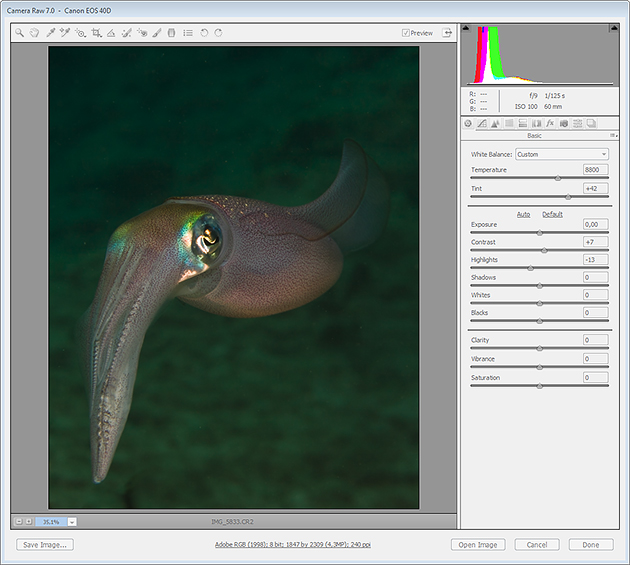
This is the image opened in Adobe Camera Raw (ACR). As always, I did the white balance and a few slight corrections of contrast and highlights. That took less than a minute, and the rest I'll do in Photoshop itself.

In Photoshop, I used the advanced retouche techniques to get rid of a few backscatters, and applied a Curves modification by setting a black and white point, just to fix a very subtle Cyan color cast.
So far so good, and the image is almost ready. But what I would love to do is make the colors pop a bit more. Just for a "final touch" ;-)
Some of you might say that it's the easiest thing, and you might have the "Vibrance" adjustment layer in mind. Let's have a look at how that works:
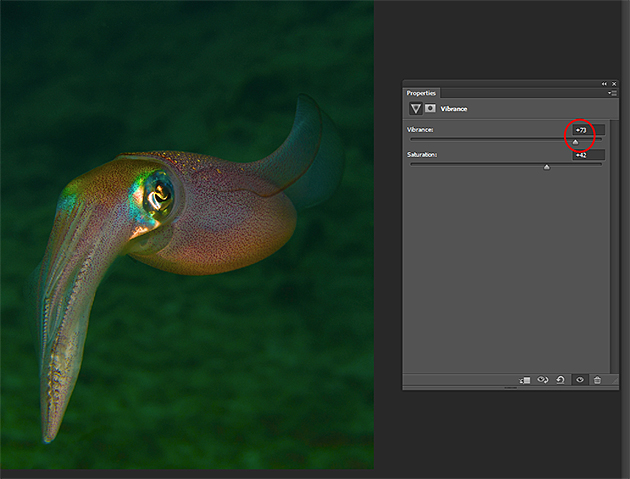
Well, it works... but not so well. All the colors look very artificial now, and I believe that this squid deserves something better. As for editing UW images, I tend to say, hands off of those Vibrance sliders. So, let's delete that nasty Vibrance adjustment layer.
Before we proceed, in case you did adjustments/modifications to your image in Photoshop and want to keep the PSD file for later use, now is the time to save it onto your hard disk.
Now it’s time to enter the LAB color mode!
1: Merge all layers into one by selecting "Layers" and then "Flatten Image":

2: Go to "Image" > "Mode" and select "Lab Color":
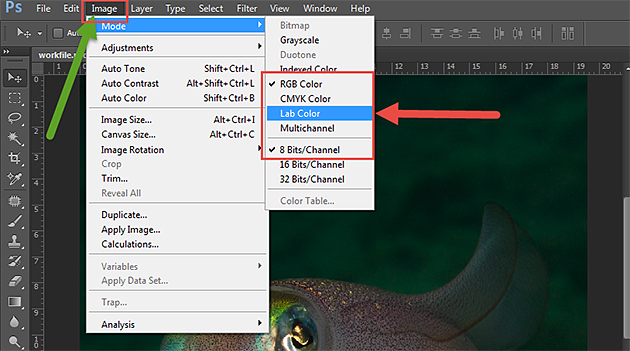
No change in sight, but just wait – it’ll come in a short while. Until then, here’s a quick explanation about LAB:
A Lab color space is a color-opponent space with dimension L for lightness and A and B for the color-opponent dimensions.
That's awesome, of course, but it’s only worth keeping in mind if you’re a science freak ;-)
Let's keep it simple: The LAB color space includes all perceivable colors, which means that its gamut exceeds those of the RGB and CMYK color models. Lab color is designed to approximate human vision. And this little trick helps us give the colors of our image the "final touch".
3: Create a new Curves layer by clicking on the curves layer symbol (yellow). For a more precise work, we’ll need to open the "Curves Display Options" (red) and activate the option "Display detailed grid with 10% increments (green). See here:

4: First, select the "A" channel in the dropdown menu, on top of the curves histogram. Then, pick the little black triangle-symbol (directly below the histogram on the left) and move it slightly to the right. Gentle steps, please. Something close to the grid's first vertical line is often enough. After that, move the little white triangle-symbol (bottom right) to the left, until the first line of the grid.
Select the "B" channel in the dropdown menu and do exactly the same there. The important thing is that each triangle-symbol (in both channels, "A" and "B") is moved to the same position. Look at this screenshot below:
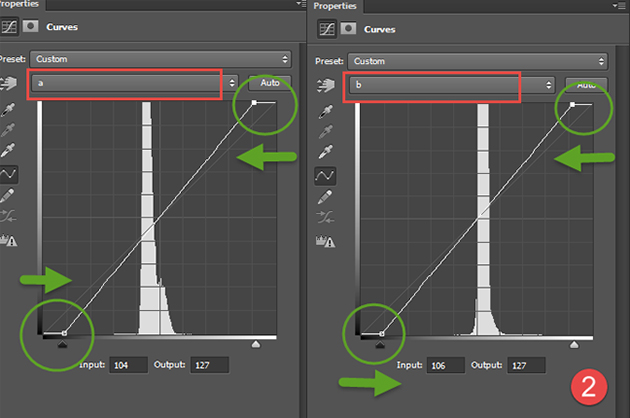
Using this technique, it is important to make the adjustment to both channels. We don't need to touch the "L" (Lightning) channel.
To see the result of your work, you'll need to to complete all steps shown above. If you like what you see, then that’s great. If you want a stronger or lesser effect, then move all four triangle-symbols to a different position. Again, if you move the black triangle to a specific position, you'll need to do it with the white one as well.
Not all underwater images require this adjustment in the LAB color space, but if you want to check if it's possible to squeeze a bit more out of an image, or if you are a fan of warm and smooth colors, just try this method. But please remember to take gentle steps (do not overuse)! This technique works well with:
- Colorful fish, corals, and squids, of course!
- Human skin (UW model photography)
Once you are done and happy with the result:
5: Merge all layers ("Layers" > "Flatten image"). Go to "Image" > "Mode" and switch from "Lab Color" back to "RGB Color". This is it. Congratulations!
The final result:
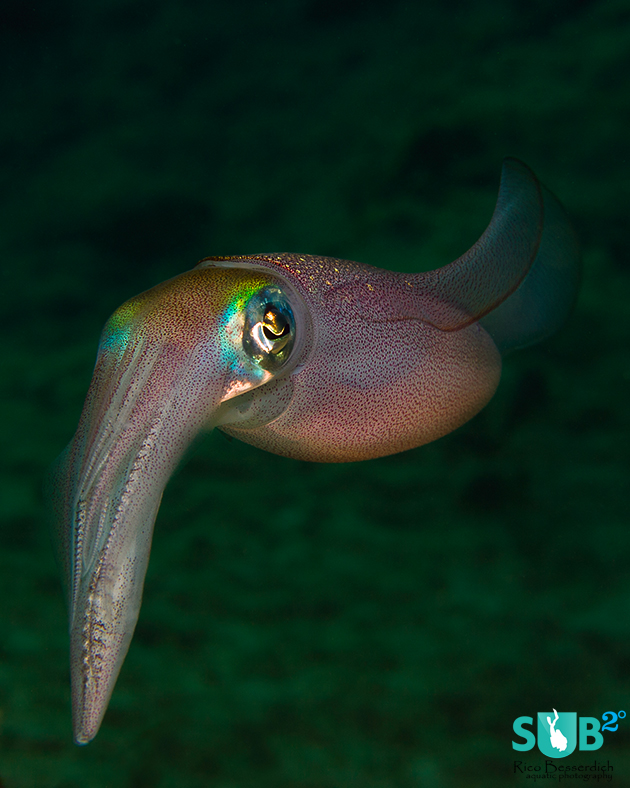
Further Reading
Continue to Part 8- Cropping
Back to Part 6b- Advanced Retouche
Featured Posts
-
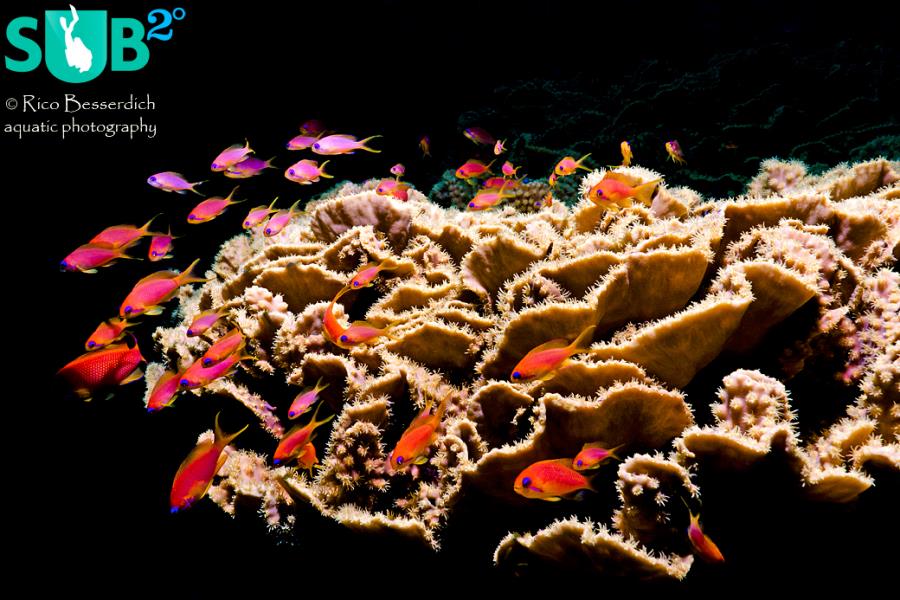
Please "Like" My Photo!
Once you've made some cool underwater shots, you would love to have more people notice your photos, for example by sharing them on Facebook. A path full of potential but lots of nasty obstacles on the way. Let's have a look!
-
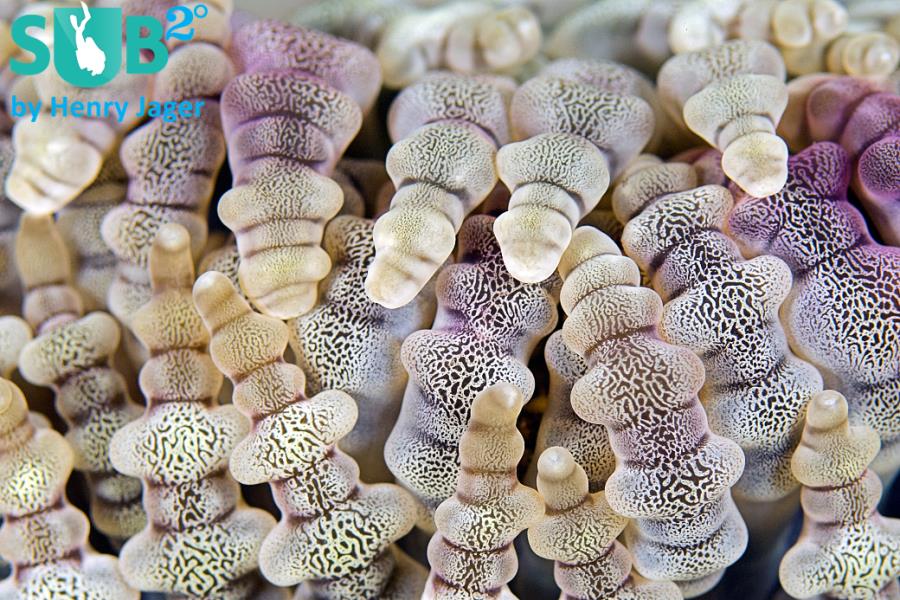
Reef-Art: Looking at the Reef...
Reef-Art shows fascinating insights to an underwater world, 99% of the divers never see. Reef-Art is the "Fine Art" of macro photography. It's a passion! The passion to bring your audience something they don't expect, they h...
-
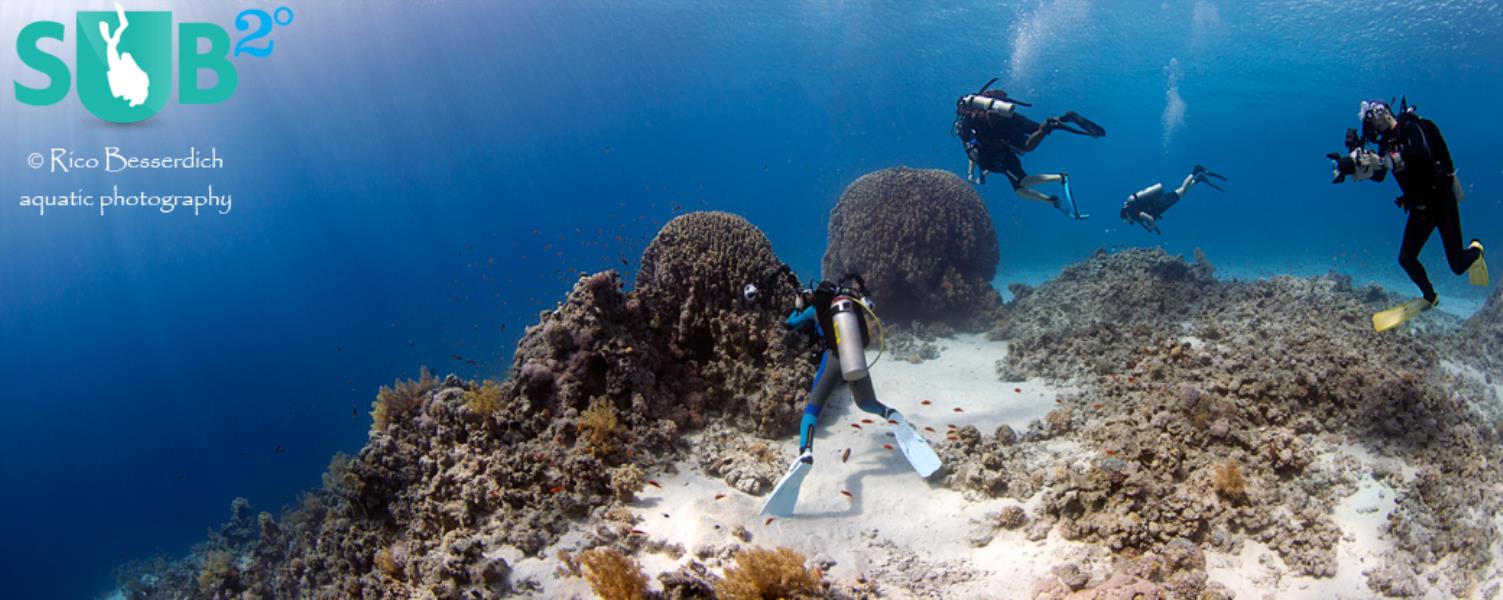
Underwater Photography: Shoot...
Are you ready for huge perspectives in your underwater photographs? Wide-angles are fine but do you want it even wider? Time to check out underwater panorama photography!


Load more comments
Rico Besserdich 6/24/2014 9:02:19 AM Thank you for your kind words Kevin. Glad you like this series :-)
Timur K 6/26/2014 2:29:27 PM I am learning a bunch! Watch me copy your groove ;)
Rico Besserdich 6/27/2014 5:44:38 PM Timur K., Ok. Great ! Yep, I will watch you :-)